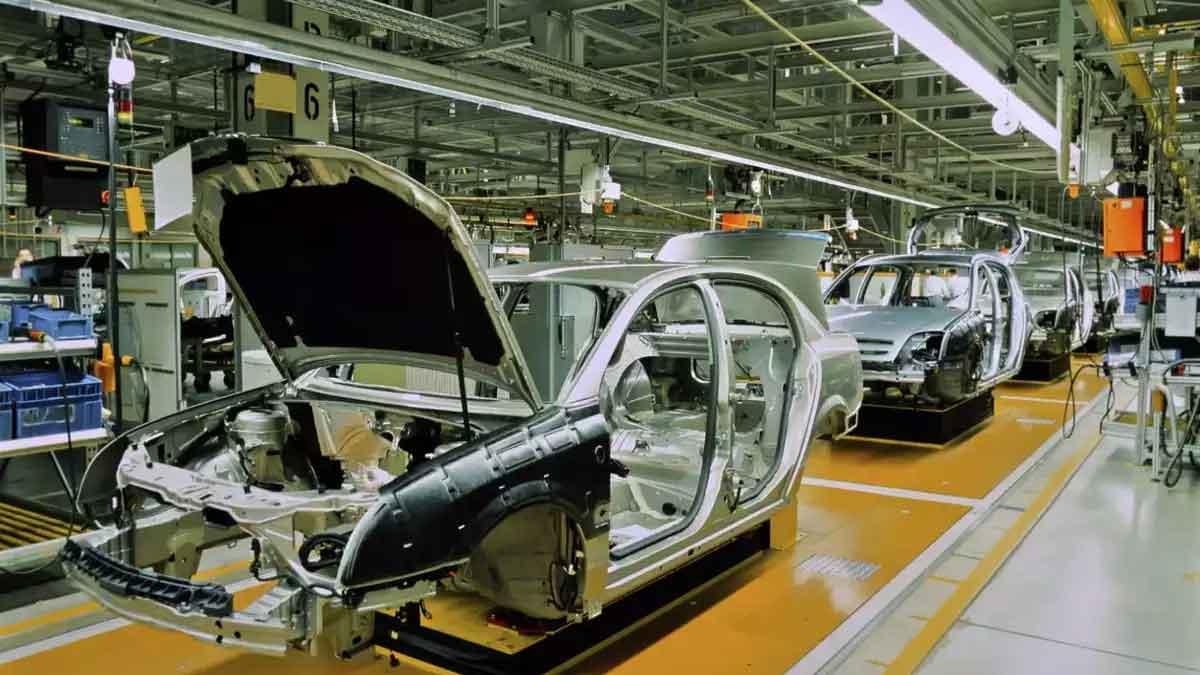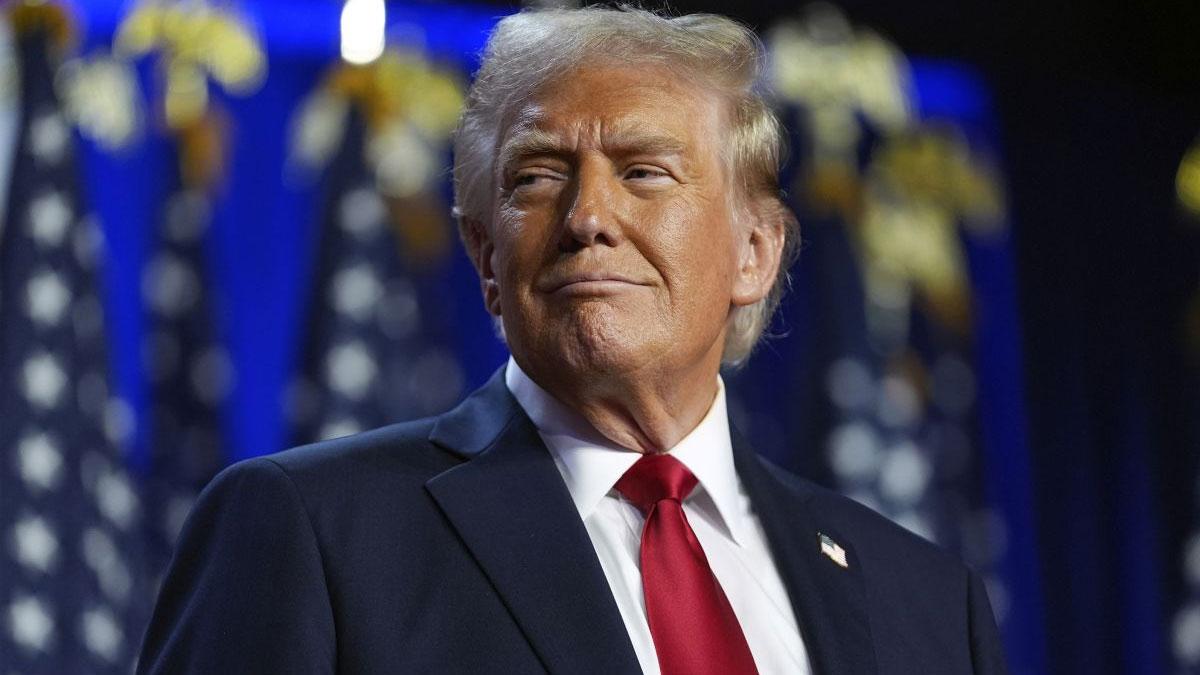With the Union Budget 2024-2025 emphasizing labour-intensive manufacturing, recent findings reveal a positive shift in manufacturing sentiment for the April-June quarter. A survey conducted by FICCI indicates a notable increase in optimism, with nearly 78% of respondents in the first quarter of FY25 anticipating either stable or improved production levels compared to the same period last year.
The survey also underscores a positive outlook for domestic demand, as approximately 67% of participants foresee a rise in orders compared to the previous quarter. This optimistic projection suggests that demand remains robust and could be further strengthened by ongoing monsoon progress.
The budget's focus on infrastructure, rural development, and employment generation schemes is expected to significantly boost economic activity and consumption. Additionally, tax relief measures for the middle class are anticipated to enhance consumer spending, according to the survey's findings.
Current manufacturing capacity utilization stands around 75%, reflecting ongoing economic activity. Looking ahead, 41% of survey respondents are planning investments and expansions over the next six months, signaling a favorable investment climate.
The FICCI survey also reveals that most sectors are not experiencing labour shortages, with 83% of respondents reporting no issues with workforce availability. However, 17% noted challenges in finding skilled labour, highlighting a need for improved training and development efforts.
Production costs are being impacted by rising prices for raw materials such as iron, steel, rubber, carbon, and chemicals, as well as higher wages, utility and energy expenses, and increased logistics and scrap costs.
In response, the 2024 Budget includes a comprehensive support package for MSMEs, featuring financial aid, regulatory adjustments, and technological assistance to enhance their growth and global competitiveness. Customs duty proposals aim to bolster domestic manufacturing, increase local value addition, enhance export competitiveness, and streamline taxation while considering public and consumer interests.
The Budget outlines nine key focus areas, with manufacturing and services being pivotal. Employment generation remains a top priority for the Modi government, with the manufacturing sector expected to play a crucial role.
Additionally, a recent survey highlights a surge in business activity, reaching a three-month peak in July. This upturn is driven by a boost in manufacturing and a significant increase in service sector activity, leading to the fastest hiring pace in 18 years.
The HSBC survey notes that the rise in output for July was driven by expanded business activity in manufacturing and a heightened pace of service sector growth, both well above long-term averages. With a growth rate exceeding 8% in 2023-24, the country has positioned itself as the fastest-growing major economy globally.
Read also | India Climbs in Global Passport Rankings, Granting Visa-Free Access to 58 Countries
Read also | Finance Minister Sitharaman Slams Opposition’s 'Biased' Budget Claims as Unfounded


















